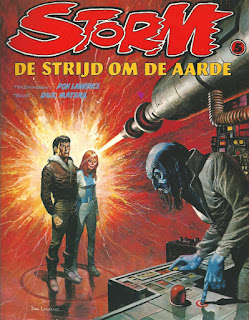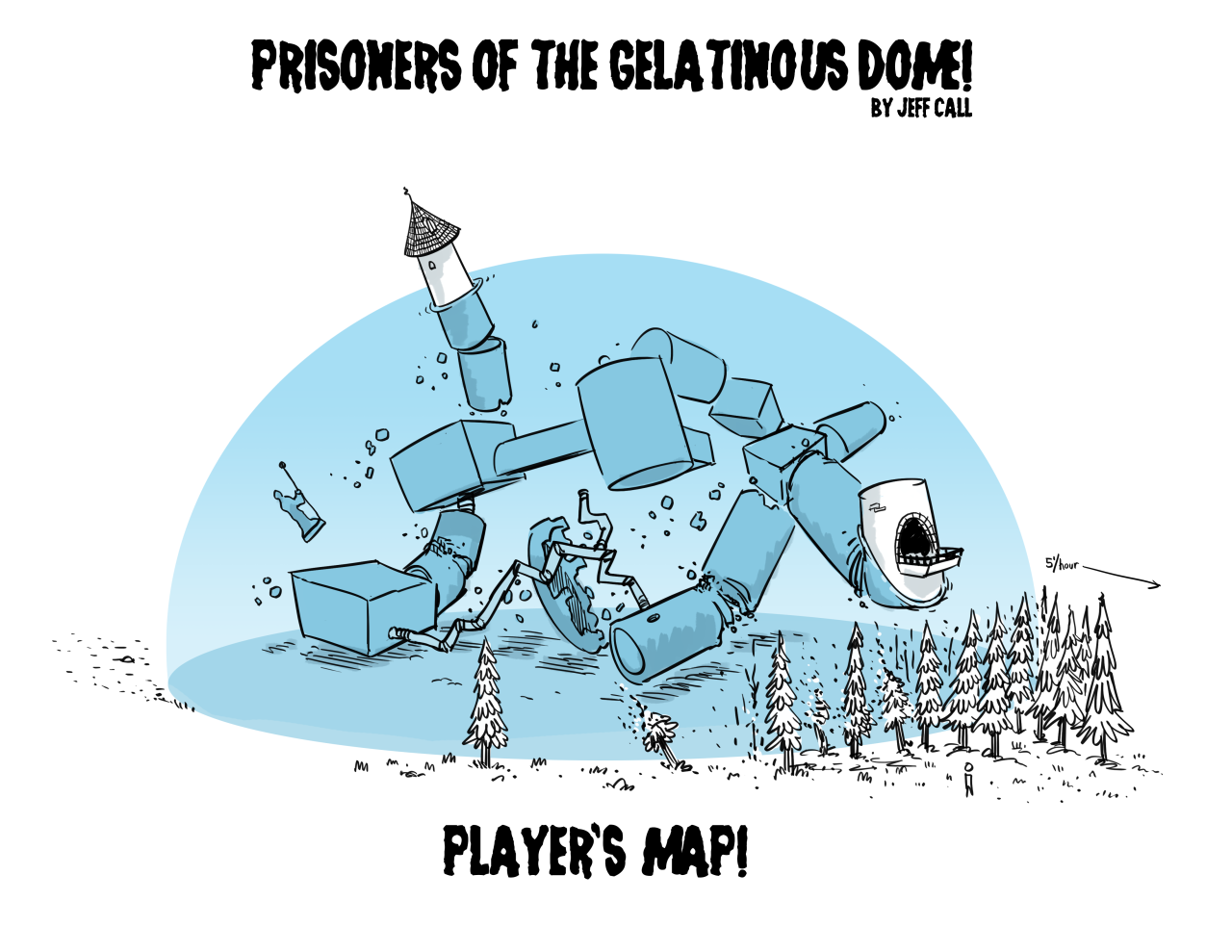Paper Town (it is said) in some sense occupies space in the Uncanny Valley in the west of the Country of Yanth, but the most reliable way to gain entry to the town is via a map. Potentially any map will do, but it must be one noting a nonexistent settlement, street or island. These fictitious entries serve as gates to Paper Town.
As is common with magical places, gaining entrance is not as simple as finding a suitable map. Luckily, the legend regarding Paper Town's creation delineates the necessary procedure. Paper Town, as the story says, was a gift given to Princess Hyacinthia of Azurth on the occasion of her birthday by a mysterious stranger. He informed the Princess that she could not visit Paper Town in person, being compose of something other than paper and possessed of general lack of flatness as she was, but her shadow could—with the proper attire. The stranger traced the outline of the Princess’s shadow on a large sheet of paper and cut around its edge. The cutout was taken to a place where the stranger’s map showed a hamlet to be but was not. The cutout vanished, like a piece of paper slid under an unseen door into an equally unseen room.
The fact Hyacinthia never regain her shadow nor have many who have repeated this ritual might give some pause, but that detail is not frequently repeated.
In Paper Town, the cutouts become paper doll doppelgängers of the person that served as their model. These visitors find unfolding streets of pop-up trees and citizenry and flat facades that elaborate to Escher-architectured structures when entered. The city seems endless, but the clever observer will note that it recycles itself to appear so. As the preceding portion grows, the receding part folds up behind. This can happen in any direction: Tall towers erect themselves when an evil sorcerer flies up to his sanctum. Dungeons unfold like inverted houses of cards when heroes go delving. The ostensible ruler of Paper Town, Princess Seven, paper doll of the long dead Queen Hyacinthia, makes the final decision on how "permanent" a new structure is in her city.
One attractive trait of Paper Town is that it conforms to a visitor's imagination in certain ways. Anything one wishes for may be found there, though anything of value is likely to require a quest or be obtained in a way that makes one not want it after all. In other words, Paper Town adheres to laws of story.
The archons or godlings that truly rule Paper Town enforce this reality zealously. These Great Tall Tailors, or Scissor Men as they are sometime called, will catch paper doll visitors who are ill-fitted for the story the Tall Tailors wish told and
snip, snap, snip, reshape them into a more pleasing arrangement. The Tall Tailors are paper themselves (Or perhaps they are the shapes left when slender, lank-limbed manshapes are cut of paper?) save for their gleaming, scissor hands. Their shadows are also Tailors but their shadow-scissors cut the spirit exclusively while their metallic doubles cut the physical.
It is said that the
Book of Doors, a book where every page is a portal to another place, originated in Paper Town, but how it came to be in the wider Land of Aurth is unknown.
























































